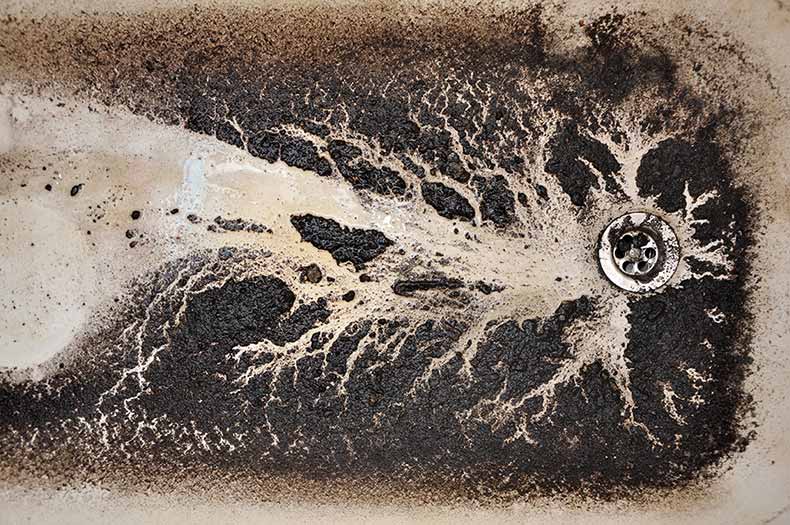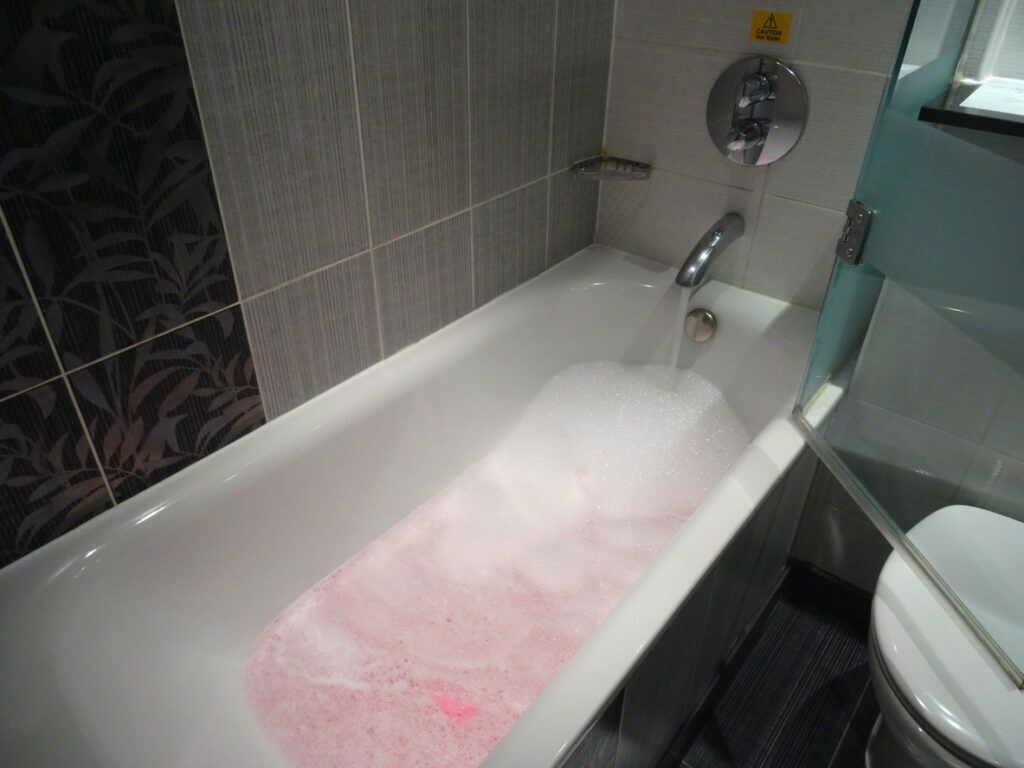The content which follows on the subject of Why is Sewage Backing Up Into My Bathtub? is quite attention-grabbing. Don't bypass it.

Sewer backup in the bath tub can be a stressful and unhygienic issue for any kind of property owner. Not only is it troublesome, however it likewise postures serious health and wellness risks and suggests underlying concerns with the plumbing system. Recognizing why sewage is turning up through the tub is crucial for taking proper activity to attend to the problem efficiently.
Intro to the Concern
Common Reasons for Sewage Backup
Blockages in the Drain Line
Among one of the most usual sources of sewer back-up is a blockage in the drain line. This can happen as a result of the buildup of particles, oil, or international items in the pipes, protecting against correct flow and triggering sewage to support right into your tub.
Tree Origin Invasion
Tree roots looking for wetness and nutrients can infiltrate sewage system lines with small splits or joints. Over time, these origins can grow and increase, triggering significant damages to the pipes and bring about sewage backup concerns.
Comprehending the Issue
When sewage draws back up right into the tub, it's a clear indicator of an issue with the drainage system. The wastewater that ought to be moving away from your home is rather finding its back into your space, which can result in substantial damages and health hazards.
Prospective Reasons
Several aspects can add to sewage backup in the bath tub. From blockages in the drain line to concerns with the plumbing framework, identifying the root cause is necessary for discovering an option.
Aging Framework
Older homes might have obsoleted plumbing systems that are extra at risk to deterioration, splits, and degeneration. As pipelines age, they end up being much more susceptible to leaks and clogs, boosting the probability of sewage back-up occurrences.
Heavy Rainfall or Flooding
During periods of heavy rainfall or flooding, the drain system may become overwhelmed with excess water, causing back-ups and overflows. This can lead to sewage supporting into bathtubs and various other fixtures inside the home.
Indicators of Sewage Back-up
Foul Odors
Undesirable smells originating from drains or fixtures, particularly in the shower room, might show sewer back-up concerns. These smells are frequently solid and relentless, indicating a problem that needs prompt attention.
Slow Draining Fixtures
Tubs, sinks, and bathrooms that drain pipes slowly or not in any way could be experiencing sewer backup. If multiple fixtures are impacted concurrently, it's most likely that the concern originates from a common point, such as the main drain line.
Gurgling Noises
Strange gurgling or gurgling sounds originating from drains pipes when water is running in other places in the house are a measure of air trapped in the plumbing system. This air accumulation can arise from sewer back-up and must be checked out immediately.
Health And Wellness Dangers Connected With Sewer Back-up
Contamination of Water System
Sewage backup can infect the water in your house, positioning a significant health danger to you and your family. Exposure to contaminated water can cause gastrointestinal issues, skin infections, and other illnesses.
Mold Development
Moisture from sewer back-up can develop suitable problems for mold growth in your home. Mold spores can exacerbate breathing issues and create allergies in sensitive individuals, making prompt cleanup essential.
Spread of Disease
Sewage consists of unsafe bacteria, viruses, and parasites that can create a range of diseases, including hepatitis, cholera, and gastroenteritis. Coming into contact with sewage or contaminated surfaces places you at risk of infection.
Cleaning Up After Sewage Back-up
Sanitation Procedures
Completely decontaminate and sterilize influenced locations after sewer back-up to remove harmful bacteria and prevent mold development. Usage appropriate cleansing items and safety gear to guarantee safe and effective cleaning.
Reconstruction of Influenced Locations
Repair any damages to floor covering, walls, or fixtures brought on by sewage backup. Relying on the degree of the damage, you might need to change carpeting, drywall, or various other products to restore your home to its pre-loss problem.
Immediate Actions to Take
Shutting Off Supply Of Water
In case of sewage back-up, it's necessary to turn off the supply of water to avoid further contamination and damage. Find the major water shutoff valve in your home and shut it off until the problem can be resolved.
Speaking To an Expert Plumber
Handling sewer backup is not a do it yourself task. Call an accredited plumber with experience in handling sewage-related problems to analyze the situation and do necessary repair work or cleanups.
Preventing Contact with Infected Water
Until the sewage backup is solved, stay clear of contact with contaminated water to stop the spread of microorganisms and virus. Wear protective gear if you must be in the affected location and clean your hands completely later.
Safety nets
Routine Maintenance of Sewer Lines
Set up routine examinations and upkeep of your sewer lines to recognize and attend to prospective issues prior to they intensify right into significant problems. This can consist of clearing out debris, checking for tree root breach, and repairing any damaged pipes.
Installing Bayou Valves
Think about setting up backwater valves in your plumbing system to avoid sewage from receding into your home throughout periods of heavy rainfall or flooding. These valves immediately close when water starts backing up, protecting your property from contamination.
Appropriate Disposal of House Waste
Avoid flushing anything other than toilet tissue and human waste down the commode to stop clogs and blockages in the drain line. Dispose of oil, oil, and various other home chemicals appropriately to lessen the threat of plumbing troubles.
Why is there sewage coming up from my bathtub?
These gas fumes, like hydrogen sulfide – the gas that leaves a rotten egg smell in its wake and is highly flammable and toxic – can be hazardous to your health. Sewage poses major health risks as it contains harmful bacteria and microorganisms that can be dangerous if exposed to them.
Sewage cleanup should be considered an emergency.
So, why is there sewage coming up from your bathroom? There are several common causes of a sewage backup.
The most common reason for sewage coming up through your bathroom is a clogged sewer line. All plumbing in your bathroom connects to a single drain pipe that leads to the sewer line under your house. This drain line carries all wastewater and sewage away from your home to the city’s sewer system.
When the sewer line becomes clogged or blocked, wastewater has nowhere to go but back toward your house. This results in sewage coming up through your drains, often starting with your tub or shower.
Another culprit may be the sewage ejector pump, which is used when a bathroom, laundry room or any other type of plumbing fixture is located below the level of the main sewer or septic line flowing from the house. Most commonly, ejector pumps are used in homes with basement bathrooms or laundry rooms.
When you experience sewage coming up through your bathtub, it’s always best to contact a professional. Attempts to fix a clogged sewer line without experience often lead to more plumbing damage.
Make sure that no one enters the affected area, and open as many windows as possible. Pre-treat the flooded area with small splashes of chlorine bleach. Wear protection gear like rubber gloves, a mask, and water-resistant coveralls.
https://www.shawlocal.com/the-herald-news/sponsored/2022/08/17/omega-plumbing-10199038/

I'm certainly very interested by and I hope you liked the new page. If you please set aside a second to promote this blog if you appreciated it. Thanks for your time spent reading it.
Call Today